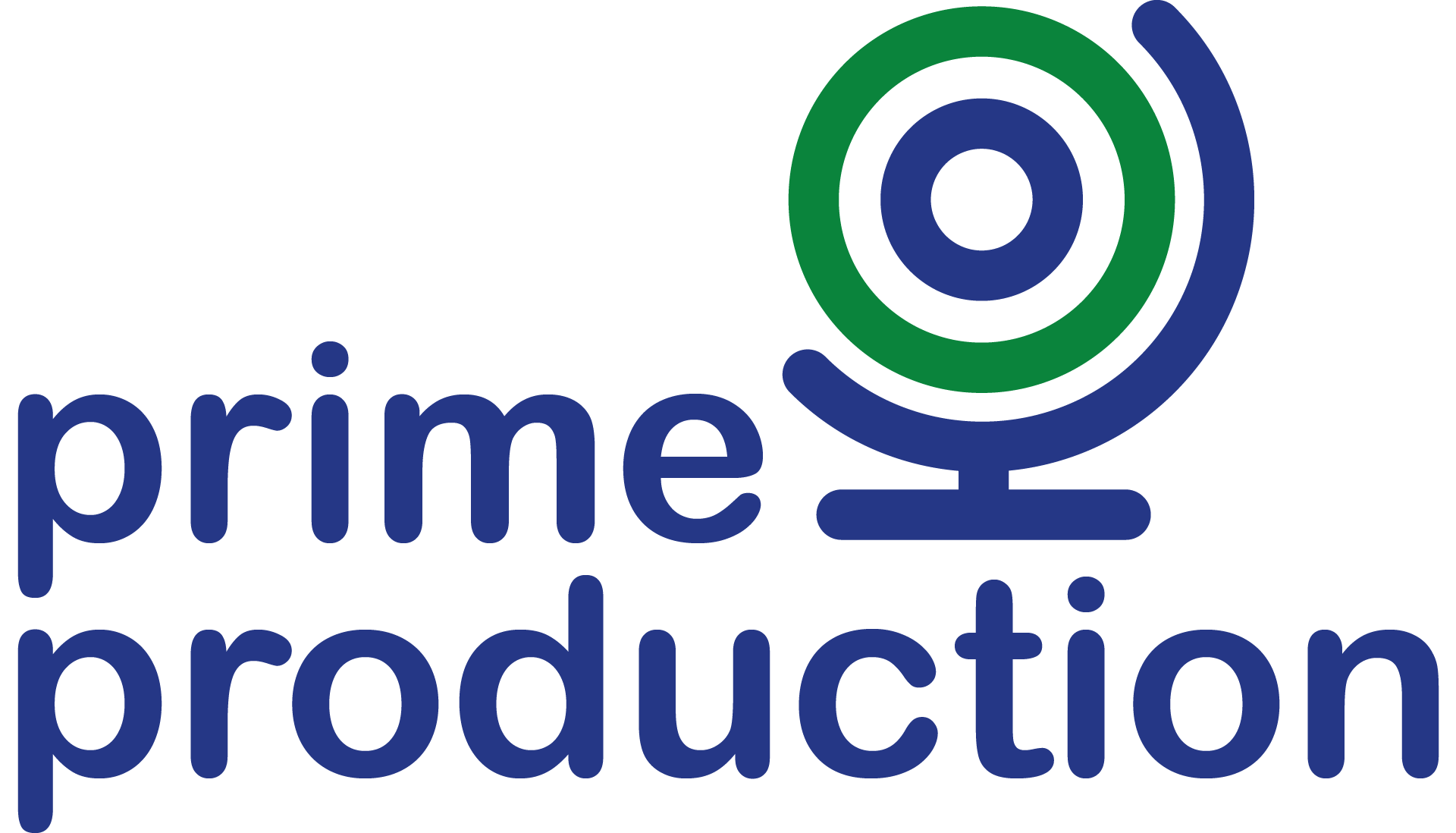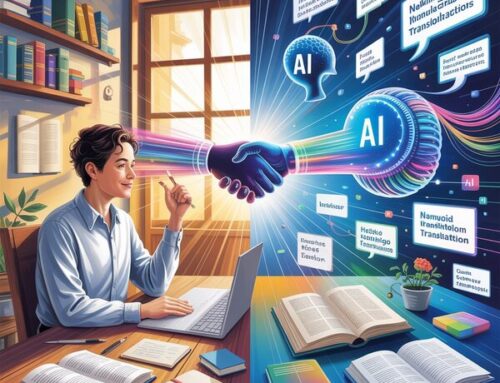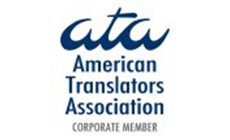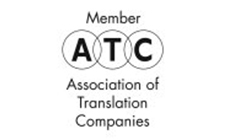Building trust in automated translation requires acknowledging its strengths and limitations while directly addressing common misconceptions customers hold about AI-powered language tools. Many customers mistakenly believe that automated translations are flawless, context-aware, and a direct substitute for human expertise; however, real-world performance tells a more nuanced story.
Common Myths About Automated Translation
-
Automated translation is as good as a human translator for all content types. In reality, while AI can efficiently handle general or bulk content, it often struggles with nuance, cultural references, creative copy, emotion, and tone.
-
AI translation works equally well for all languages. Automated systems, especially those trained primarily on English data, are much more reliable going to and from English than with languages that have less training data or highly distinct linguistic structures.
-
AI tools “understand” meaning. AI translation models predict likely word sequences but do not grasp meaning, context, or the emotional subtext, leading to errors or robotic translations if not reviewed by a human.
Customer Concerns and How to Address Them
-
Quality and Accuracy: Customers worry about translation errors that could impact legal, medical, or business results. The best approach to assuage this concern is transparency—explain when fully automated translation is appropriate and when human review or hybrid (machine + human) workflows are essential.
-
Cultural Appropriateness: Automated systems often fail with idioms, slogans, and region-specific references. Articulate the limitations of AI in creative contexts and provide real-world examples to demonstrate why human adaptation is still required, especially for marketing and branding.
-
Privacy and Security: Some customers fear their proprietary or sensitive information will be mishandled. Address these worries by clarifying data security measures, including encryption, secure file transfers, and compliance with relevant privacy protocols when using AI translation services.
-
Over-Reliance Concerns: Emphasize that AI is a tool to support (not replace) expert translators, improving efficiency while ensuring oversight and quality. Use case studies that showcase the hybrid model’s effectiveness—AI can speed up repetitive translations, but human linguists are irreplaceable for nuance and critical content.
Steps to Build Trust in Automated Translation
-
Provide clear guidelines about what types of content are well-suited for automation versus human or hybrid translation.
-
Share case studies illustrating both successes and failures of automated translation to set realistic expectations.
-
Offer ongoing opportunities for quality feedback and iteration so customers see their input drives better outcomes.
-
Maintain transparency about privacy, data management, and confidentiality at every touchpoint.
By acknowledging the real capabilities of AI translation, communicating openly about its limitations, and prioritizing hybrid workflows backed by human expertise, Prime Production has built lasting customer trust while harnessing the efficiencies offered by automation.













Leave A Comment